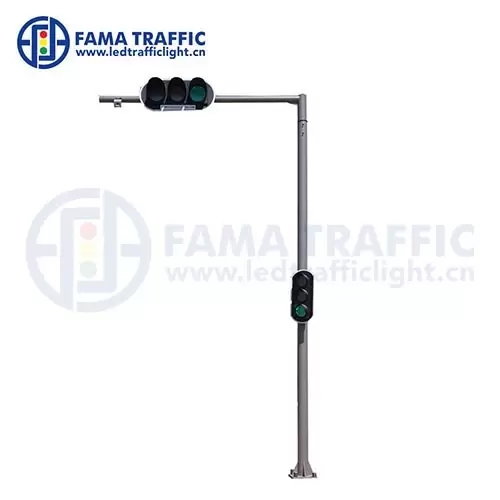Pressure gauges play a crucial role in various industries, providing vital information about the pressure levels within a system. However, the accuracy and reliability of these gauges heavily depend on their placement. In this blog post, we will explore the factors to consider when determining the optimal location for a pressure gauge, ensuring both accuracy and safety.
- Understanding the Purpose:
Before deciding where to install a pressure gauge, it is essential to understand its purpose within the system. Is it meant to monitor the pressure at a specific point or provide an overall indication of system performance? This understanding will guide us in selecting the most appropriate location. - Proximity to the Pressure Source:
To obtain accurate readings, it is crucial to place the pressure gauge as close to the pressure source as possible. This ensures minimal pressure loss due to friction or other factors. By reducing potential disturbances, the gauge can provide real-time and precise measurements. - Avoiding Vibrations and Pulsations:
Vibrations and pulsations can significantly affect the accuracy of pressure gauges. Therefore, it is important to avoid installing them in areas prone to excessive vibrations, such as near heavy machinery or pumps. Mounting the gauge on a vibration-damping device or isolator can further enhance accuracy. - Accessibility for Maintenance:
Considering the accessibility of the pressure gauge is vital for regular maintenance and calibration. It should be installed in a location that allows easy access for technicians to perform routine checks, adjustments, or replacements. This ensures the gauge remains accurate and reliable over time. - Protection from Environmental Factors:
Environmental factors, such as extreme temperatures, corrosive substances, or moisture, can impact the performance and lifespan of pressure gauges. Therefore, it is crucial to shield the gauge from these elements by using protective enclosures or selecting a suitable location away from potential hazards. - Compatibility with the System:
The pressure gauge should be compatible with the system it is monitoring. Factors such as the gauge's pressure range, connection type, and material compatibility should be considered to ensure accurate readings and prevent damage to the gauge or the system. - Multiple Gauge Installations:
In complex systems, installing multiple pressure gauges at different points can provide a comprehensive understanding of the system's performance. By strategically placing gauges at critical points, operators can identify potential issues, pressure drops, or blockages, enabling timely interventions and preventing costly downtime.
Conclusion:
The optimal placement of pressure gauges is crucial for accurate and reliable pressure monitoring. By considering factors such as proximity to the pressure source, avoidance of vibrations, accessibility for maintenance, protection from environmental factors, compatibility with the system, and the use of multiple gauges, operators can ensure the gauges provide precise measurements and contribute to the overall safety and efficiency of the system.








